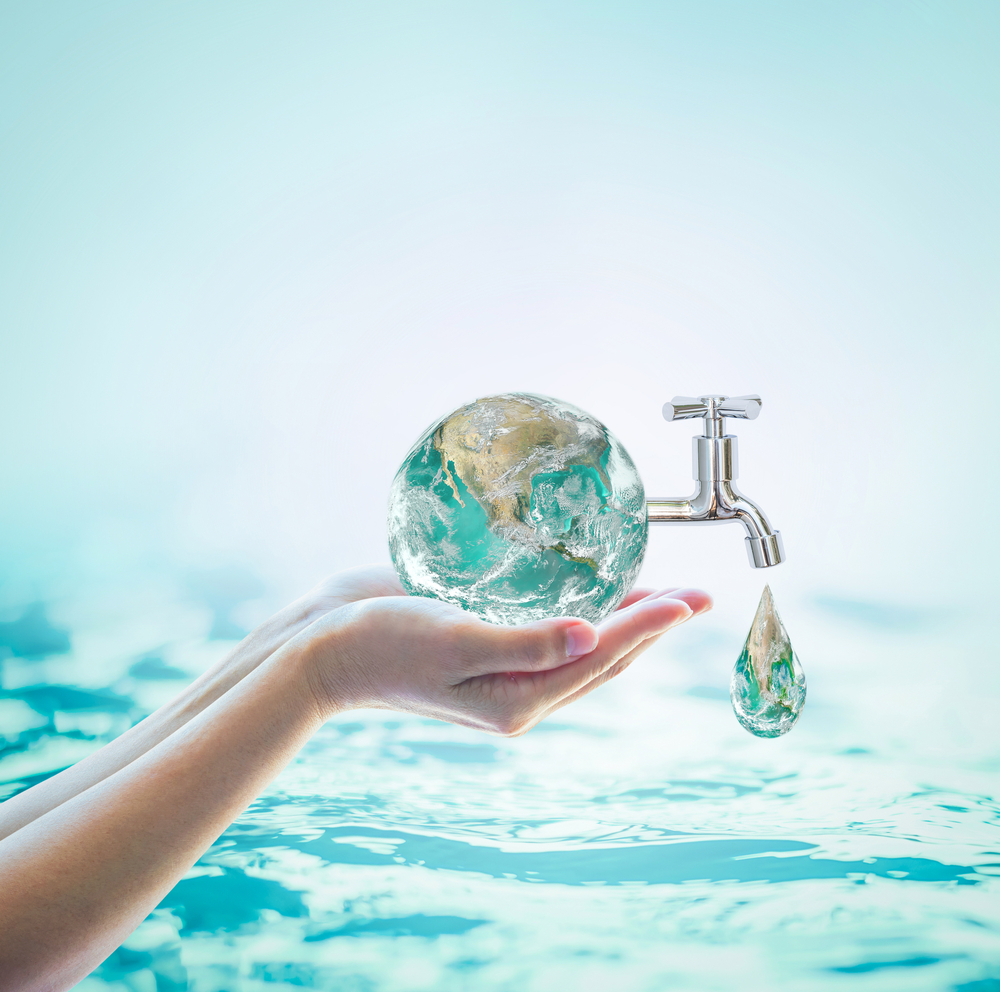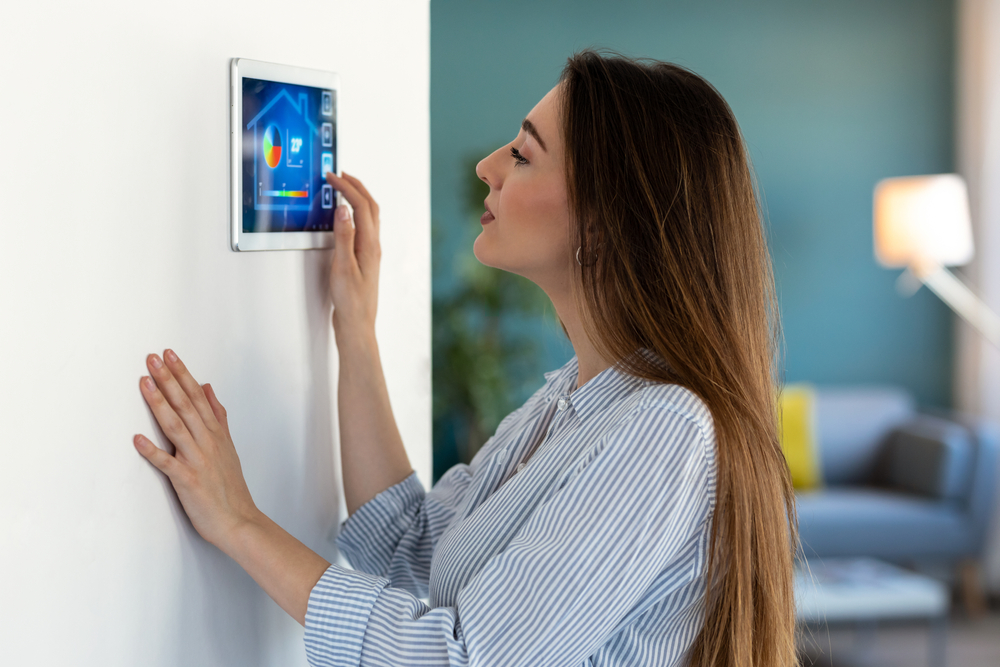These are the 10 Top Energy-Saving Inventions
Energy-efficiency wasn’t always a term used in households. In the past, appliances and other gadgets around the home sucked a lot of electricity, natural gas and wasted lots of water, too. Over time, saving energy and lowering energy waste became a priority for homeowners.
The evolution of energy-efficiency has been dramatic over the decades. In fact, some energy-efficient gadgets might be taken for granted. These are the 10 top energy-saving inventions that have allowed homeowners to cut down energy drains and save money, too:
- LED light bulbs
- Energy-efficient appliances
- The Internet of Things
- Low-flow faucets and showerheads
- Solar power
- Electric cars
- Motion sensor faucets
- Cool roofs
- Programmable thermostats (or smart thermostats)
- Energy-efficient windows
LED Light Bulbs
Incandescent light bulbs lit the home for years. This was the bulb pioneered by Thomas Edison. Unfortunately, incandescent bulbs emit a decent amount of heat and aren’t very energy-efficient.
In 1963, a scientist for General Electric named Nick Holonyak Jr. invented the first LED bulb. The bulb is now the most energy-efficient design. It produces less heat and can last for years.
Energy-Efficient Appliances
Energy-efficient appliances can only include the ENERGY STAR label if they meet specific criteria. While the energy-savings vary by each different appliance, choosing energy-efficient models allows homeowners to do the same job but use less electricity, natural gas or even water. In addition, these efficient models also help homeowners save money.
According to the Sustainable Energy Group (SIG), John S. Hoffman was the founder of the ENERGY STAR program, and he also was the inventor of the Green Programs for the Environmental Protection Agency.

The Internet of Things
By utilizing smart plugs and smart power strips, homeowners can connect appliances and household devices of gadgets to their smartphone or tablet via an app. Using this app, all the devices/appliances plugged into the smart powerstrips or outlets can be controlled remotely. In this way, the Internet of Things allows homeowners to control energy waste and misuse.
Low-flow Faucets and Showerheads
Standard faucets and showerheads can release and waste gallons of water. Low flow showerheads and faucets limit this waste by minimizing the water output. In fact, the EPA reports that families could decrease their water use by 2,700 gallons per year when they switch to showerheads that feature the WaterSense label.

Solar Power
The sun can power the home with electricity thanks to the invention of solar panels. These panels capture the sunlight to convert it into usable power. These solar cells developed over the course of many decades, and in 1950, three scientist from Bell Laboratories–Daryl Chapin, Calvin Fuller, and Gerald Pearson—invented the silicon solar cell.
Electric Cars
Electric cars first drove into invention back in the 1800s. However, it wasn’t until around 2006 when Tesla focused its business and delivered the first mainstream electric vehicle to consumers. While Elon Musk didn’t invent the electric car, he might be considered a visionary pioneer for making these vehicles accessible to the consumer market. Since electric vehicles aren’t powered by a fuel-injected engine, they don’t release harmful emissions into the environment; in addition, they are considered the most energy efficient vehicle.

Motion Sensor Faucets
Faucets now can include models that automatically turn on and off when motion is detected (or when it is removed). Using sensors built into the faucet, the water will run long enough for the individual to wash their hands. It turns off when the motion isn’t detected, ensuring that water isn’t wasted when soaping up hands or brushing teeth.
While these faucets were invented in the 1950s, they weren’t used commercially until the 1980s when they were installed in the bathrooms of airports. Now many businesses install them in bathrooms, as they help to mitigate water waste. These faucets also are available for the home.
Cool Roofs
Roof shingles can absorb heat or deflect it. The wrong roofing material can add heat to the home and put pressure on the HVAC system during hot summer days. Cool roofs help deflect the heat and keep the home (and roof) cooler. These roofs come in different materials or shingles; some are treated with a special coating. However, some cool roofs utilize greenery and vegetation to naturally cool the roof.
The first green roof is attributed to King Nebuchadnezzar II and his Hanging Gardens of Babylon (one of the original Seven Wonders of the World).

Programmable Thermostats (or smart thermostats)
Programmable or smart thermostats let homeowners take control of the temperature of their home. Programs allow homeowners to turn down the heat during work hours or adjust the temperature of the air conditioning while away on vacation. Smart thermostats often are controlled via an app on a smartphone or tablet; homeowners can make adjustments to the temperature remotely to ensure that the HVAC isn’t working harder than necessary.
Energy-Efficient Windows
Windows and doors can be the source of energy drains. However, windows and doors now offer energy-efficient designs that provide more insulation to ensure that they aren’t a drain on the homeowner’s wallets. Energy-efficient windows can save an average of 12 percent nationwide when homeowners swap out older windows for more efficient designs.
Through the years, there have been many advancements to improve energy-efficiency in the home. Now homeowners can swap out wasteful incandescent bulbs for long-lasting and more efficient LED bulbs. Energy-efficient appliances, the Internet of Things, smart thermostats and energy-efficient faucets (and touch-free designs) let homeowners save energy and on their monthly utility bills. Consider all the ways that energy-efficient upgrades can improve the home’s energy use and help homeowners decrease their home’s operating costs.


